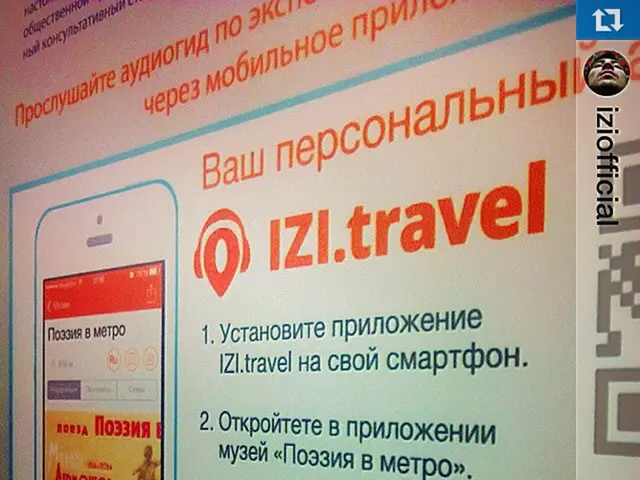SpaceX Propels 24 Additional Satellites for Amazon's Project Kuiper Via Launch
Amazon's Project Kuiper Takes Another Step Forward
Amazon's Project Kuiper has made significant progress in its mission to provide affordable broadband internet via a mesh network in Low Earth Orbit (LEO). On August 11, 2025, the SpaceX Falcon 9 rocket launched the KF-02 mission, successfully deploying 24 more of Amazon's Project Kuiper satellites into orbit. This latest mission brings the total number of satellites in Amazon's constellation to 106.
The U.S. Federal Communications Commission (FCC) has set a regulatory timeline for Amazon's Kuiper, requiring about half of the planned 3,236 satellites to be in orbit by the end of July 2026, with the rest launched by July 2029. With this latest mission, Amazon is one step closer to meeting its FCC deadline.
This was SpaceX's second planned mission for Amazon's Kuiper. The launch was delayed several times last week due to rainfall, but finally took off at 8:35 a.m. ET/5:35 a.m. PT from Space Launch Complex 40 (SLC-40) at Cape Canaveral Space Force Station in Florida. Roughly an hour after liftoff, SpaceX confirmed all 24 satellites had been successfully deployed.
Amazon's Project Kuiper is a response to SpaceX's Starlink network, which currently operates around 8,000 satellites and serves approximately 5 million customers worldwide. Despite being direct competitors in the space-based broadband market, Amazon has signed three launches with SpaceX for Kuiper.
Project Kuiper aims to provide broadband internet at altitudes of 590 km, 610 km, and 630 km across 98 orbital planes. It has a critical regulatory deadline from the FCC, and missing deployment deadlines risks losing its license for future satellite launches. However, Amazon has leveraged its cloud infrastructure (AWS) and economies of scale to strive for lower costs and broad connectivity.
Project Kuiper is increasingly gaining commercial traction. For example, Australia's NBN Co selected Kuiper to provide next-generation LEO broadband, aiming to transition rural customers from geostationary satellites like Sky Muster to Kuiper’s system over the next several years.
In comparison, SpaceX’s Starlink benefits from an earlier start, demonstrated technology, and a rapidly growing user base. Starlink is already much further ahead with thousands of satellites operational and global service coverage established.
| Aspect | Project Kuiper | Starlink | |-----------------------------|--------------------------------------------|----------------------------------------| | Satellites launched | 106+ (24 in Aug 2025) | Thousands operational since 2019 | | Total planned satellites | 3,236 | ~12,000+ planned (including Gen2) | | Deployment deadlines | Half by July 2026, full by July 2029 | No similar FCC deadlines, ongoing | | Key partnerships | NBN Co (Australia) and others | Numerous global customers and gov contracts | | Technology integration | Uses AWS for cloud integration | Proprietary SpaceX infrastructure | | Current advantage | Amazon’s cloud and e-commerce ecosystem | Larger constellation, proven service |
In conclusion, Project Kuiper is actively deploying satellites and preparing to scale rapidly, but it remains in the early stages compared to SpaceX’s established Starlink network. The coming year is critical for Kuiper to meet FCC launch milestones and build market presence to compete effectively. If successful, Project Kuiper could challenge Starlink's dominance in satellite internet.
References:
- SpaceNews
- Space.com
- Ars Technica
- CNBC
- NBN Co
- ** Science and technology advancements in space-and-astronomy are evolving rapidly, as seen with Amazon's Project Kuiper**, which is using cutting-edge technology to launch satellites into Low Earth Orbit (LEO) with the aim of providing affordable broadband internet.
- With the launch of Amazon's Project Kuiper satellites, technology is merging with science to bring Internet connectivity to remote areas, making them more accessible and fostering economic growth.




